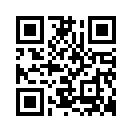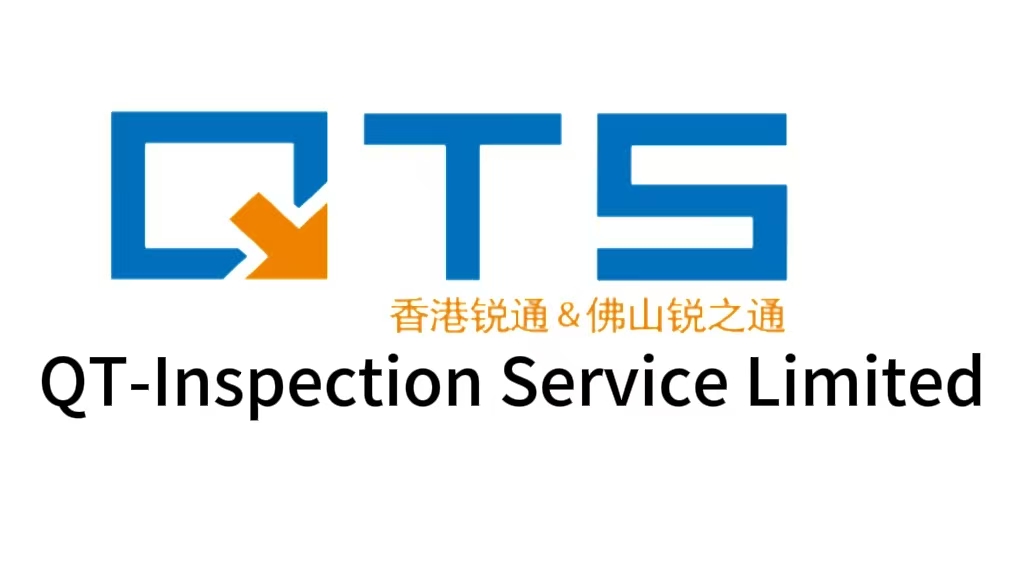Certificates
What are the contents of the audit procedure?
Types of audit procedures
(1) Inspection of records or documents
Inspection records or documents refer to the CPA's examination of records or documents generated internally or externally by the auditee in the form of paper, electronic or other media. The purpose of checking records or documents is to verify the information contained or should be included in financial statements.
(2) Inspection of tangible assets
Examination of tangible assets refers to the CPA's examination of assets in kind. The procedures for inspecting tangible assets are mainly applicable to inventory and cash, as well as to securities, notes receivable and fixed assets. Examination of tangible assets can provide reliable audit evidence for its existence, but not necessarily for rights and obligations or valuation.
(3) Observation
Observation refers to the procedure in which CPAs inspect the activities or execution of relevant personnel. For example, observe inventory counts or control activities performed by customers.
The audit evidence provided by the observation is limited to the time when the observation occurs, and when the relevant personnel are known to be observed, the relevant personnel may engage in activities or carry out procedures different from their daily practice, which will affect the CPA's understanding of the real situation. Therefore, it is necessary for CPAs to obtain other types of evidence.
(4) Inquiry
Questioning refers to the process in which a CPA obtains financial and non-financial information from the internal or external personnel of the audited unit in written or oral form and evaluates the response. The inquiry itself is not enough to discover major misstatements at the level of identification, nor to test the effectiveness of internal control. CPAs should also implement other audit procedures to obtain adequate and appropriate audit evidence.
(5) Correspondence
Letter of credit refers to the process of obtaining and evaluating audit evidence by means of statements directly from third parties on relevant information and existing status in order to obtain information affecting financial statements or related disclosures. For example, letters of credit for the balance of accounts receivable or bank deposits. The reliability of evidence obtained by correspondence is high, so correspondence is an important procedure which is highly valued and often used.
(6) Recalculation
Recalculation means that the CPA checks the accuracy of data calculation in records or documents manually or using computer-aided auditing technology. Recalculation usually includes calculating the total amount of sales invoices and inventories, adding up the total journal and detailed accounts, checking the calculation of depreciation and prepaid expenses, checking the calculation of taxable amounts, etc.
(7) Re-execution
Re-execution refers to the process or control that CPAs re-execute independently as an integral part of the internal control of the audited unit by means of manual or computer-aided auditing technology. For example, the CPA uses the bank deposit journal and bank statement of the audited unit to reconstruct the bank deposit balance reconciliation table, and compares it with the bank deposit balance reconciliation table prepared by the audited unit.
(8) Analytical Procedure
Analytical procedures refer to the CPA's evaluation of financial information by studying the internal relationship between different financial data and between financial data and non-financial data. The analysis procedure also includes fluctuations and relationships identified by the survey that are inconsistent with other relevant information or seriously deviated from expected data.
subscription
Company
Mobile Web

